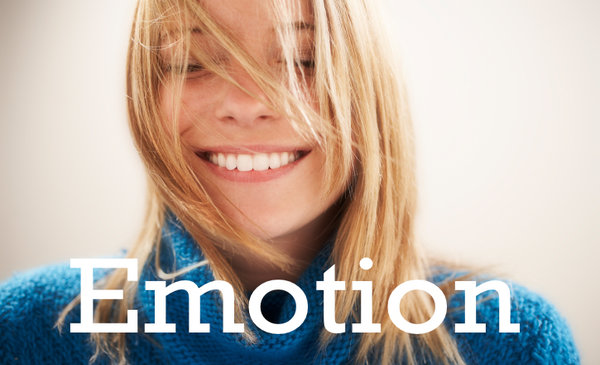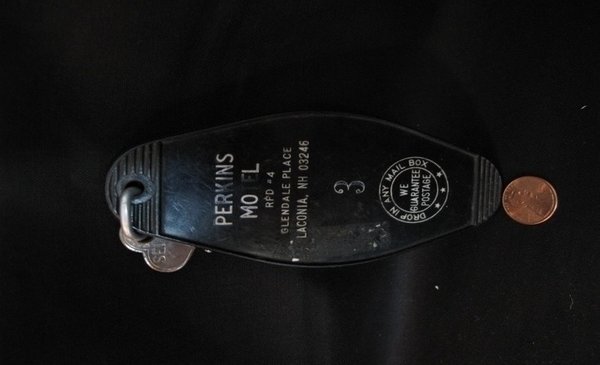
Advertising needs to be emotionally absorbing. Otherwise, it’s irrelevant, stale and ineffective. The mind is geared to filter out stimuli, requiring emotion to achieve breakthrough.
How big is the challenge of trying to secure the awareness – let alone the enduring emotional engagement – of consumers? Huge, of course. People are awash in information and glad to tune out what they don’t need, which is why it is increasingly difficult to create a successful ad.
Over a five-year period during the late 1980s, for instance, separate market research firms tracked the percentage of US and West German viewers who remembered the last commercial they had seen on television. The decline was over 40 per cent in America and nearly 20 per cent among the Germans. More recently, a third research firm found that in cluttered markets like the United States and Japan, TV commercials are only half as capable of increasing awareness as they are in countries with fewer commercials being aired per week. And that’s just looking at the marketplace.
How about the mind? In that case, even under the best circumstances establishing awareness is difficult. The human brain takes in 400 billion bytes of information per second through our senses. But it only consciously processes 2,000 bytes. That ratio should make it evident that when it comes to awareness, keeping the door shut – not open – is far and away our basic impulse. In other words, filtering or screening out takes precedence over input.
As 400 billion bytes makes clear, the mind has remarkable elasticity when it comes to absorbing data. The problem lies in processing it all. Perhaps the authors of The Attention Economy put it best when they described sensory input as being processed in a large funnel. The narrow spout is what behavior actually results from the influence of so much input. Let’s add a little more detail to the five key stages of their metaphorical funnel to get a grasp on how emotions and advertising interact.
There are five decision making stages advertising must impact to be effective.
Stage 1: Awareness
This stage is about noticing something, becoming aware of it. Advertising proliferates in the hope that consumers will recall some of it. If properly diagnosed, recall is the first place in the funnel where emotion matters. That’s because we remember something for only one of two reasons: it either sparks an emotional response or easily corresponds to something we have already retained. At this earliest stage, emotions serve as mobilizers. They’re like an early-warning system, alerting us as to whether we might want to approach or avoid the advertising in question for innate, subconscious reasons we might not be able to articulate.
Stage 2: Narrowing
Survival instincts help explain the next, narrower part of the funnel. To function most effectively and ward off threats, people have to focus first and foremost on what they feel will matter most. Thus at this stage, emotions serve as relevance signalers. They turn on – and stay on – when a goal is at stake. To avoid being winnowed out at this stage, advertising must enhance or protect our lives.
Stage 3: Attention
This is the consideration stage. Here emotions serve as motivators, fueling our response as we contemplate the advertising. This is where creating sustainable interest is vital. Advertising that isn’t ultimately very likeable or appealing will drop from consideration. That’s typically for reasons related to the execution. The effort required to comprehend the advertising may be too taxing or else, more strategically, the advertising fails to square with people’s emotionally-based belief systems.
Stage 4: Decision
This is as far as research can go in validating, prior to launch, whether advertising is likely to drive marketplace response. As will be discussed in the last part of the chapter, companies are looking for purchase intent or other forms of persuasion. In emotional terms, what they want to know, based on emotions serving as evaluators, is what’s the gain versus harm equation? Emotions are judges of value. In judging the advertising, consumers are also judging whether the branded offer is worth pursuing.
Stage 5: Action
Only the post-launch tracking of sales results is truly relevant here. By this point, emotions have reached the critical point of serving as enactors. We take action either to change or regain the status quo. As a means to an end, the advertising will have caused people to resolve, evade or mitigate a situation that the advertising promised the offer could help us handle. Only the sensory and emotional parts of the brain attach to muscle activity. The rational brain serves as a lobbyist, which is why functional benefits don’t matter much unless they acquire emotional significance (often thanks to the advertising).
Finally, after all is said and done and the consumers’ monies are spent, emotions and advertising have one final rendezvous. That happens because emotions also serve as monitors. As part of being evaluators, they monitor the degree or quality of the progress we’ve made as a result of the action we took. Here informal word-of-mouth advertising becomes an important alternative source of information. That’s because as noted by many business people, there’s nothing worse than great advertising on behalf of a terrible offer. Spurred to buy only to be disappointed, we then emotionally and financially withdraw – in favor of investing our time and money elsewhere.
Contributed to Branding Strategy Insider by: Dan Hill, excerpted from his book, Emotionomics, with permission from Kogan Page publishing.
The Blake Project Can Help: Accelerate Brand Growth Through Powerful Emotional Connections
Branding Strategy Insider is a service of The Blake Project: A strategic brand consultancy specializing in Brand Research, Brand Strategy, Brand Licensing and Brand Education
FREE Publications And Resources For Marketers






















